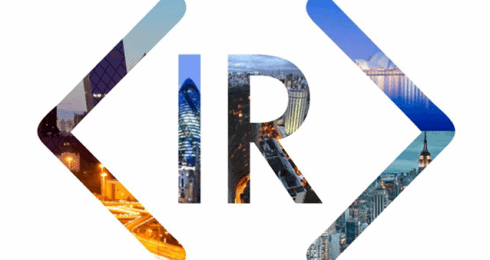The sustainability disclosure landscape is set for some ground-breaking changes in 2013. The Global Reporting Initiative (GRI), a leading standard-setter in the world of sustainability reporting, is releasing its fourth generation reporting guidelines in May. To be known as the G4, these new guidelines will improve on the current G3.1 and require a reporting entity to rethink about a number of topics. These include: the extent of its boundary (now to be determined primarily by the existence of impacts), and the heightened role of the highest governance body within the organization.
The other much anticipated event that is the advent of integrated reporting (IR). Spearheaded in late 2011 by the International Integrated Reporting Council (IIRC), a coalition of the accountancy profession, investors, businesses and regulators, IR is a process that results in communication about how an organization’s strategy, governance, performance and prospects lead to the creation of value over the short, medium and long term. Dubbed the “next step in the evolution of corporate reporting”, it is a holistic view of a reporting entity’s performance, risks and opportunities pertaining to six categories of “capitals”: financial, manufactured, human, intellectual, natural and social. The IIRC is set to release its first version of the Integrated Reporting Framework in December 2013, which is already stirring significant interest.
Since 2009, an increasing number of companies have published what can be loosely labelled as an “integrated report”. Perhaps the most notable step towards IR to date has been the adoption of mandatory integrated reporting requirements by the Johannesburg Stock Exchange in 2010 as a listing requirement. In Australia and the Netherlands, various studies and surveys have been published on the rate of adoption of IR by publicly-listed companies since early 2010. In our 2013 Global 100 Most Sustainable Corporations ranking, 18 companies published an integrated report.
In a prototype version of the IR framework released in November 2012, one of the four objectives of IR is to “inform resource allocation by providers of financial capital that supports long term, as well as short and medium term, value creation”. This commitment to inform investment decision-making has deep implications for Corporate Knights, and in particular its flagship Global 100 Most Sustainable Corporations Ranking (Global 100). Since its inception in 2005, the Global 100 has sought to identify the 100 leaders in terms of social, environmental, governance and financial performance. Indeed, as at 31 December 2012, the Global 100 companies have outperformed the MSCI All-Country World Index by 9.5% on a cumulative basis since 2005 (see figure 1).
A widespread adoption of IR will present significant opportunities for Corporate Knights' Global 100 methodology. Over the years, Corporate Knights has brought a number of improvements to its Global 100 ranking methodology to better reflect changes in disclosure practices creating indicators that distinguish companies that are susceptible to long-term environmental, social and financial performance. It is interesting to note that the methodology employed for the Global 100 as it stands today shares a number of interesting similarities with some of the reporting requirements under the prototype IR framework introduced earlier.
As stipulated above, the IR framework is primarily geared towards responding to investor information requirement. THe similarity in some of the Global 100's key performance indicators and the IR framework's standards may imply that the Global 100 is well-equipped to assess companies for capital allocation decisions. IR is still an evolving concept and its implementation in South Africa is a source of learning opportunities; Corporate Knights will follow these developments closely.





